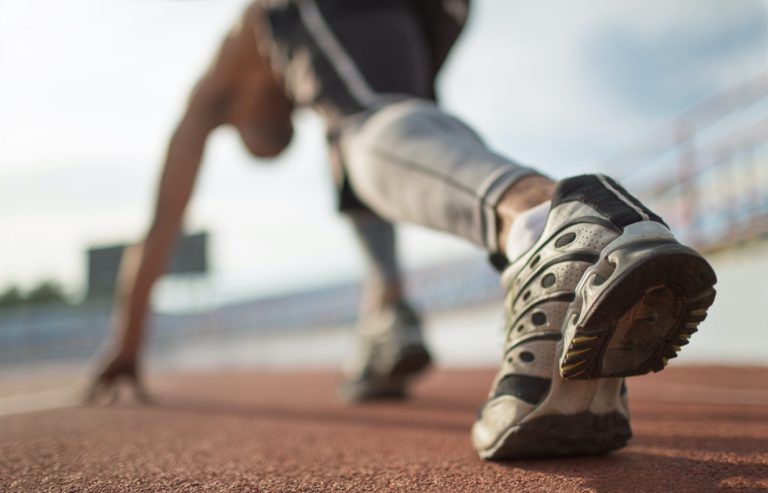The current COVID-19 situation has forced us all to rethink how we work, train, and coach safely. Centers for Disease Control and Prevention (CDC) have released a set of COVID-19 sport guidelines to help protect our athletes and communities from the spread of the virus.
For easy reference, we’ve broken down the COVID-19 sport guidelines you should follow.
1. Assess the risk
Each sport may have different degrees of risk. For instance, sports that require closer physical interaction with others or sharing of equipment will have a higher risk of spread, while individual sports may have a lower degree of risk.
There are a few things to consider when assessing the risk of your sport:
- Physical closeness of players, and the length of time that players are close to each other or to staff.
- Amount of necessary touching of shared equipment and gear (e.g., protective gear, balls, bats, racquets, mats, or water bottles).
- Ability to engage in social distancing while not actively engaged in play (e.g., during practice, on the sideline, or in the dugout).
- Age of the player.(i.e. Older players may be better at following social distancing guidelines, while younger players may need supervision).
- Players at higher risk of developing serious disease.
- Size of the team (larger teams may increase likelihood of spread compared to smaller teams)
2. Encourage behaviors that will help reduce the spread
There are a number of ways athletes, coaches, and spectators can help reduce the spread of COVID-19.
- People should stay home where appropriate
- If an athlete or coach is feeling sick, has COVID-19 symptoms, or has had close contact with a positive case of COVID-19 they should stay home.
- Proper use of hand sanitizer or hand washing
- Wear masks where appropriate
- Constantly inform your players of the everyday protective measures they can do to help prevent the spread of the virus.
3. Keep a healthy environment for you and your athletes
You can implement a variety of strategies to help keep your sporting environment clean and healthy.
- Regularly clean and disinfect frequently touched surfaces on the field or court
- Limit the use of shared equipment or regularly clean them between use.
- If certain shared equipment is difficult to clean, discourage its use.
- Keep social distancing measures in place where appropriate
- Limit the number of athletes within confined spaces.
- Encourage outdoor training as opposed to indoor where possible.
4. Maintain healthy operations
It’s important to maintain healthy operations that allow you to continue supporting your athletes while also keeping them safe.
For example:
- Protect staff and athletes who have a higher risk of severe illness from COVID-19
- Allow staff to work from home if possible, or encourage virtual coaching and at-home drills and training.
- Keep athletes and coaches in small groups and reduce mixing with other groups
Stagger training and coaching times between different groups to reduce contact between each group - Avoid large group events, such as games or spectator sports
5. What to do if one of your athletes gets sick
In the scenario where one of your athletes gets sick, is experiencing symptoms of COVID-19, or contracts the virus, it is crucial to act swiftly to reduce any potential spread within your team.
Here are a few things to do if this happens:
- Advise the athlete and their close contacts of the home isolation guidelines
- Clean and disinfect any areas the sick individual has been in
- Notify health officials and any close contacts
For the full list of CDC COVID-19 sport guidelines, visit the CDC website.


